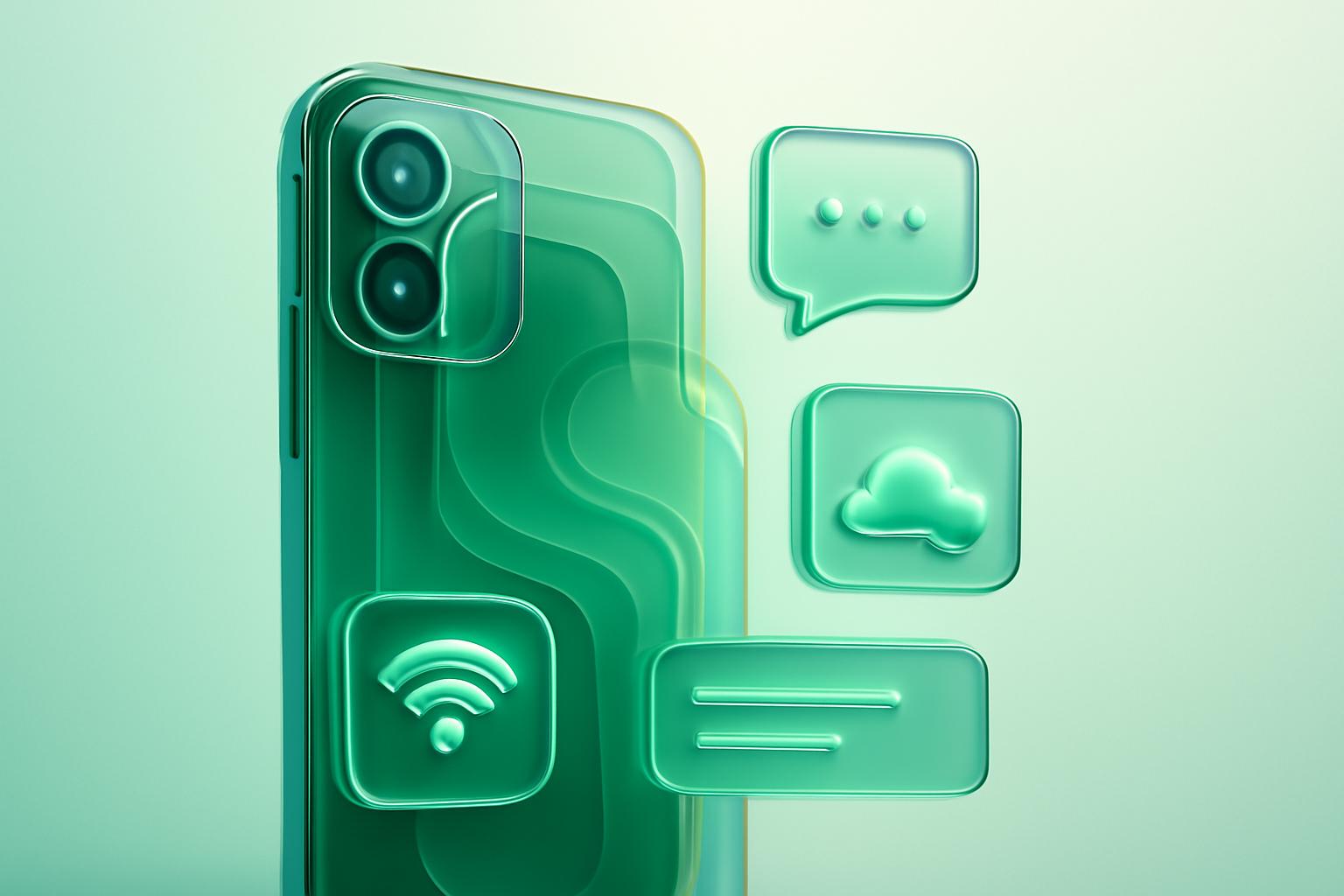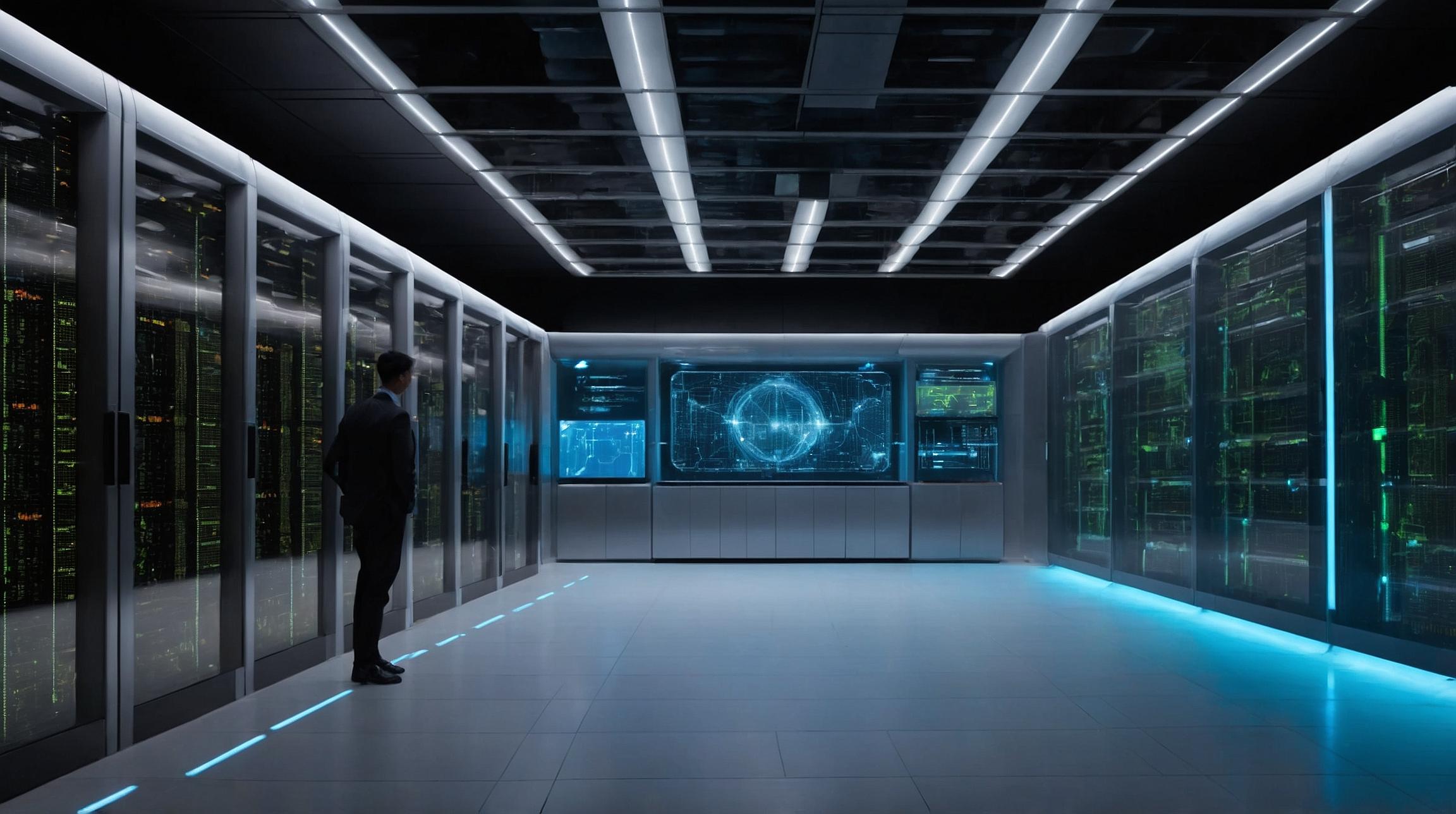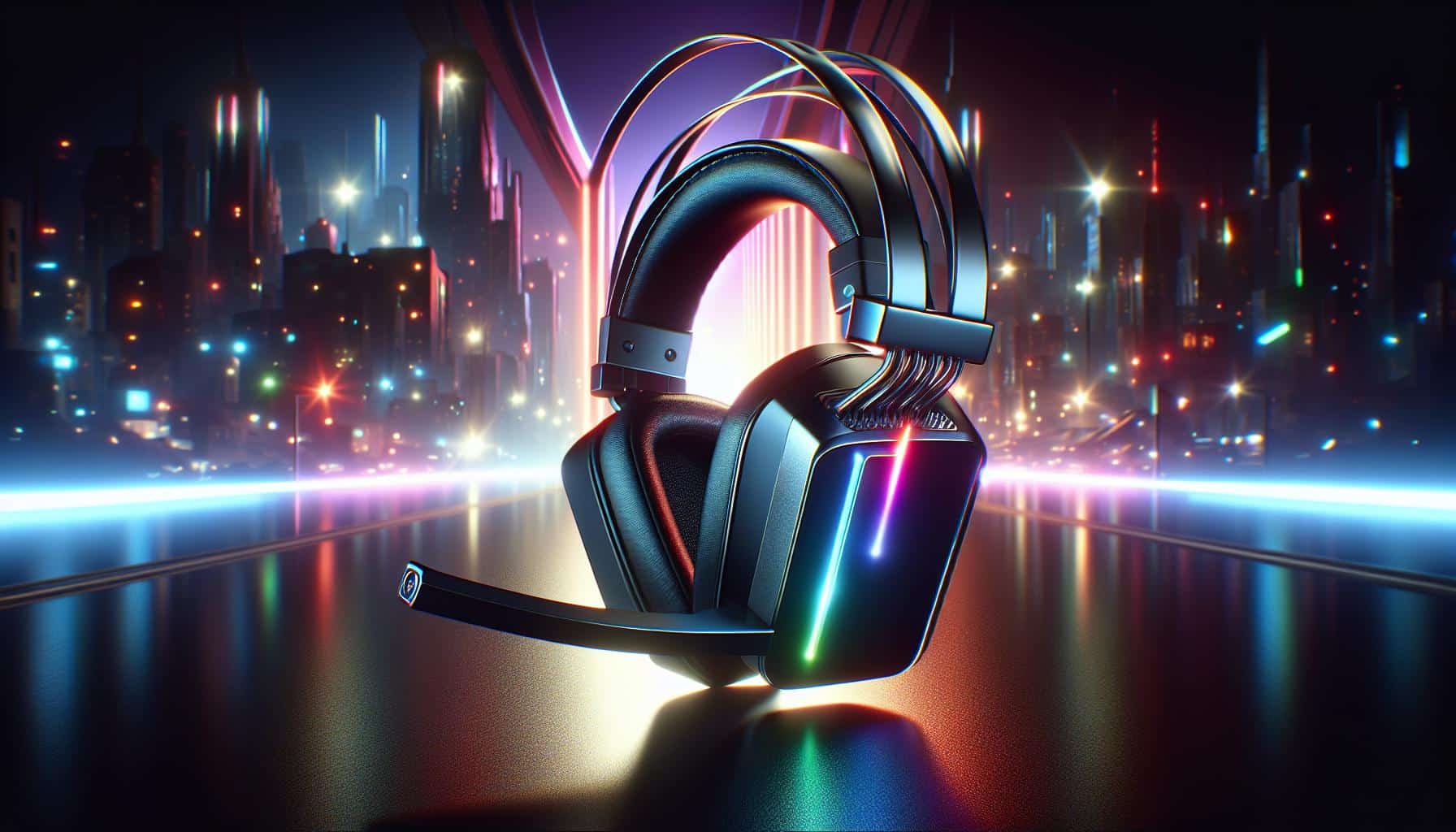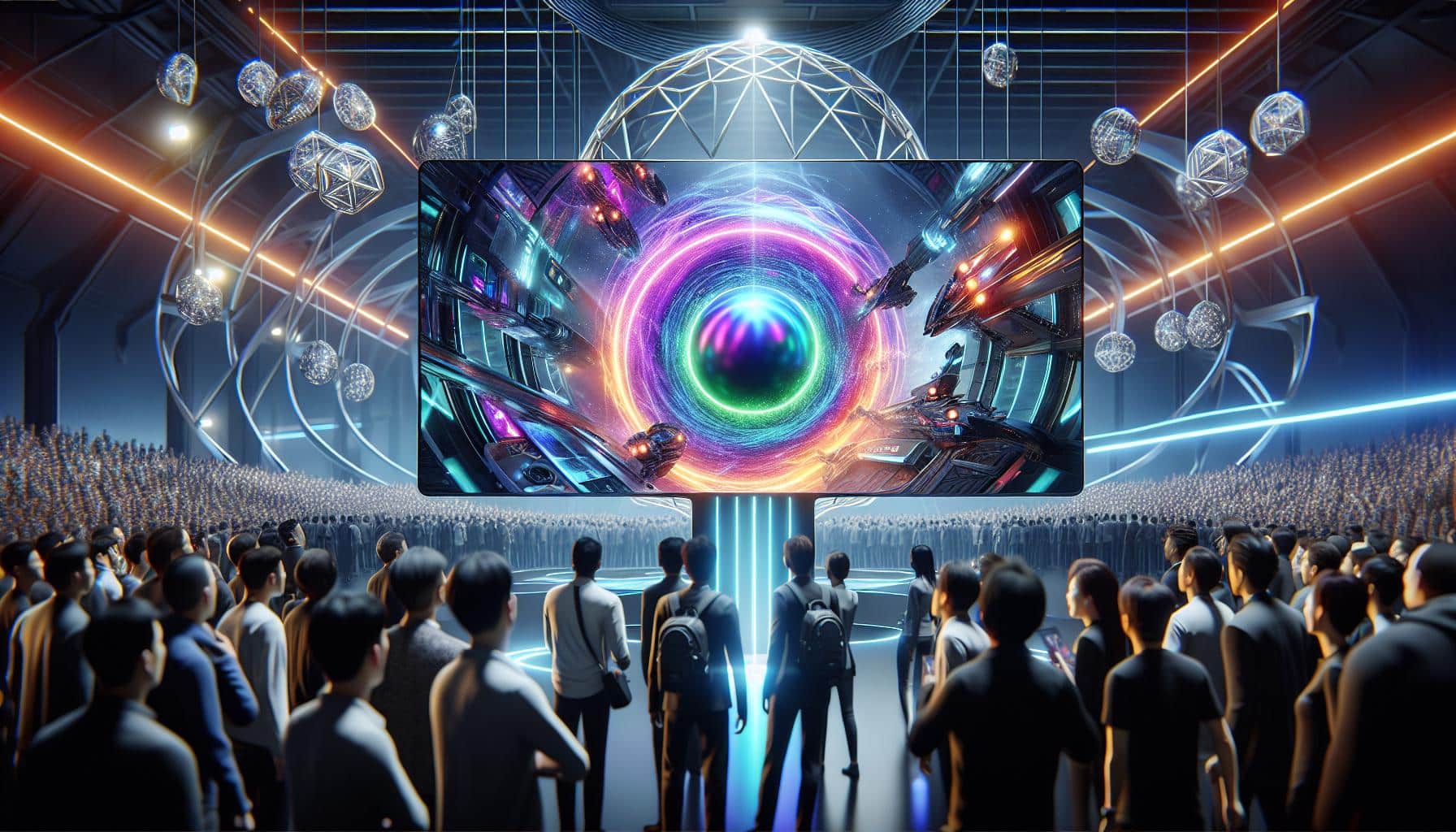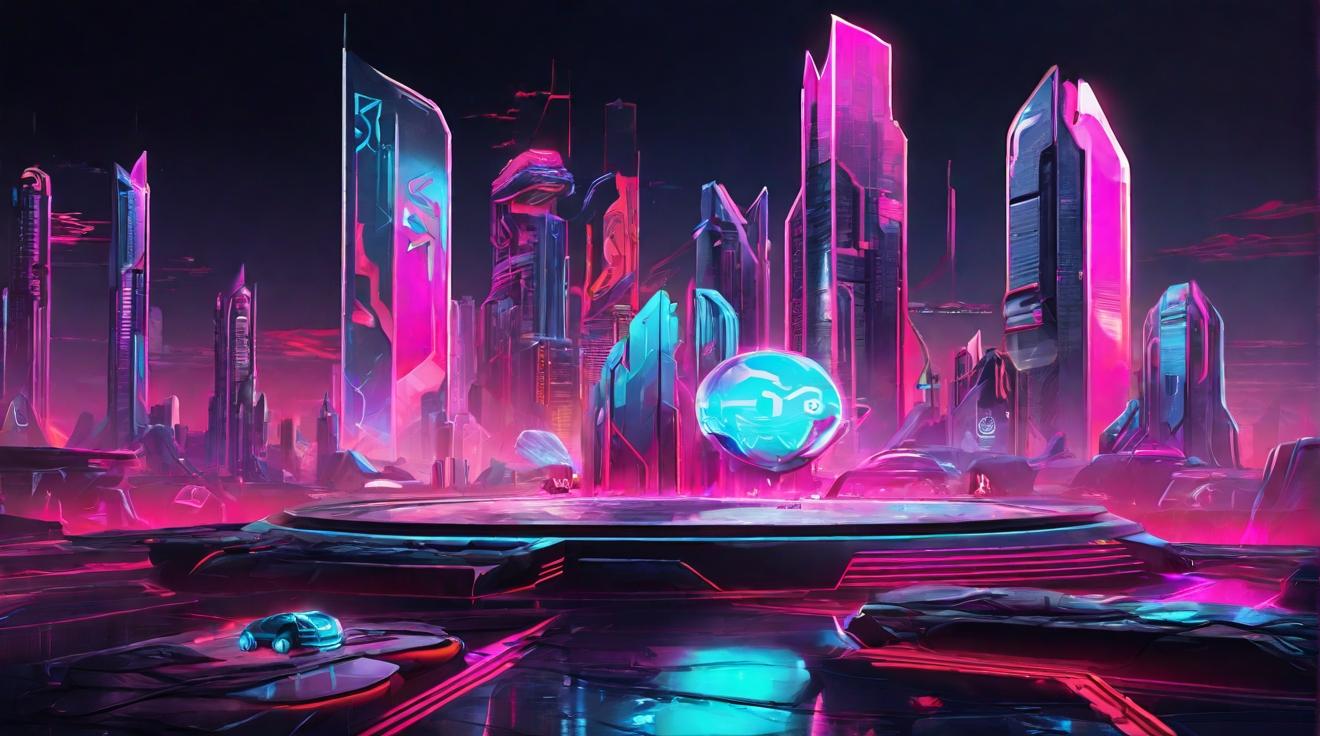Introducing Liquid Glass: A New Design Era in iOS 26
Apple’s iOS 26 ushers in a major design evolution with the introduction of Liquid Glass, a translucent, glass-like interface that reshapes the visual language of the operating system. This represents one of Apple’s most significant UI overhauls since the 2013 transition from skeuomorphic to flat design. Liquid Glass permeates system elements—buttons, sliders, media controls, switches, notifications, tab bars, and app sidebars—creating a cohesive, modern aesthetic. It is also integrated into core system experiences such as the Control Center, Home Screen, and Lock Screen. Inspired by mixed-reality devices like the Apple Vision Pro, this design hints at Apple’s long-term vision of an OS adaptable to smart glasses and augmented reality environments.Customizing Home Screen Icons with Liquid Glass
One of the most visible changes in iOS 26 is the ability to customize Home Screen icons with Liquid Glass effects. Building upon customization features introduced since iOS 14, users can now choose between light or dark glass, tinted glass, or fully clear icons. The tinting feature has been refined to offer subtlety, allowing precise color matching through an eyedropper tool that samples wallpaper hues, complemented by adjustable opacity and color sliders. For users seeking simplicity, a “Clear” icon option delivers a sleek, glassy look without additional color modifications. How to customize your icons: Long-press the Home Screen, tap Customize, and select your preferred icon style—light, dark, tinted, or clear. Adjust icon size and background settings before confirming your choices.Match Icons to Your Device or MagSafe Case
iOS 26 introduces “matched icons,” which harmonize your Home Screen icons with your iPhone’s color or your MagSafe case, enhancing visual coherence especially for users who prefer caseless or clear-cased devices. The system identifies your iPhone’s model and color via its SKU, while matching to cases requires official Apple MagSafe accessories. How to enable matched icons: Enter jiggle mode on the Home Screen, tap Edit > Customize > Tinted, then select the icon resembling an iPhone to match your device or the adjacent button to match your case.Enhancing Your Home Screen Wallpaper and Layout
iOS 26 allows distinct wallpapers for the Lock Screen and Home Screen, providing extensive flexibility for personalization. Users are encouraged to explore “Liquid Glass wallpaper” themes on platforms like Pinterest or invest in artist-made wallpaper packs available through social media and Patreon. Numerous third-party theming apps, including Brass, Color Themes, ScreenKit, Themify, Wallaroo, and Widgetsmith, offer curated content and tools to facilitate Home Screen customization, though many utilize subscription models. Since iOS 18, users can position icons and widgets freely within an invisible grid, enabling strategic placement and blank spaces to highlight wallpaper details without losing screen order. How to customize wallpaper and layout: Long-press the Home Screen, tap Edit > Edit Wallpaper, or adjust via Settings. To reposition icons, enter jiggle mode and drag apps to desired locations.Glassy Widgets and Third-Party Options
Widgets in iOS 26 adopt the Liquid Glass aesthetic, offering a fresh, translucent look. Beyond native widgets, users can access diverse third-party widget apps like Brass, Themify, ScreenKit, Widgetsmith, Launcher, and MD Studio’s unique offerings such as vinyl record player widgets. Innovative apps like Not Boring provide modern replacements for default utilities with custom widgets, while Dynamic-Lyrics displays live song lyrics on the Lock Screen, Dynamic Island, or Home Screen. For advanced customization, Widgy allows users to create bespoke widgets by combining design elements, colors, and data sources without requiring design expertise. Users can import pre-made Widgy widget collections for added customization. How to import Widgy widgets: Download widget files to Apple Files or iCloud Drive, unzip if needed, then import via Widgy’s Create > Import menu. Customize transparency and position before adding widgets to the Home Screen.Liquid Glass Enhancements on the Lock Screen
The Lock Screen in iOS 26 features a dynamic, glassy San Francisco typeface for the clock that adapts its dimensions based on wallpaper imagery and notification presence to preserve focus on photo subjects. A standout feature is the introduction of Spatial Scenes, which convert 2D photos into 3D-like images using neural engine-powered computer vision. This effect works on older images and photos from any camera, not just the latest iPhone models. How to activate Spatial Scenes: Press and hold the Lock Screen, tap Customize, select a photo, then enable the Spatial Scene toggle on the customization page. Additional wallpaper settings allow photo shuffling and scheduling.FinOracleAI — Market View
Apple’s rollout of the Liquid Glass design language in iOS 26 marks a strategic step toward modernizing user interaction with translucent, adaptive UI elements that align with the company’s AR/VR ambitions. This design refresh not only enriches user experience but also opens new avenues for personalization and third-party developer innovation.- Opportunities: Enhanced user engagement through deep customization; growth in theming and widget app markets; alignment with future AR/VR device ecosystems.
- Risks: Potential user friction from complex customization workflows; subscription fatigue from third-party theming apps; dependency on Apple’s ecosystem constraints.
Impact: The Liquid Glass update is expected to positively influence user satisfaction and developer activity, reinforcing Apple’s ecosystem appeal while setting the stage for future immersive device integration.
Contents





